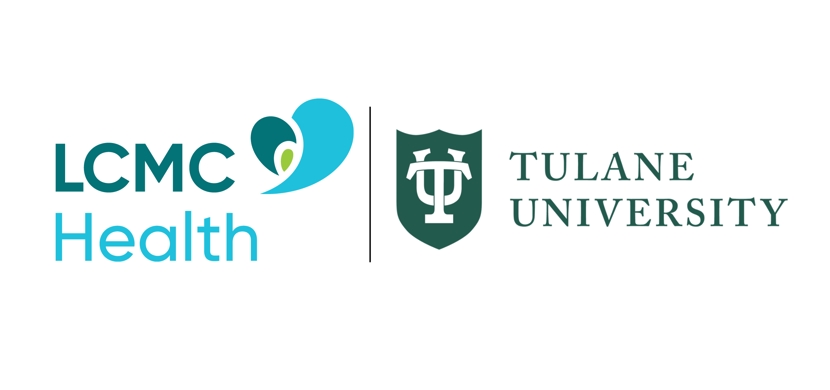More than just sunscreen: 5 ways to prevent skin cancer
- Category: Skin Care
- Posted on:

Each year in the U.S., hundreds of thousands of Americans are diagnosed with some type of skin cancer. While the condition is common, it’s also largely possible to prevent skin cancer.
Here in NOLA, we’re starting to hit the time of year where the temperatures begin to climb. Before you head out for fun in the sun, brush up on sun safety basics courtesy of LCMC Health.
Start every day with sunscreen
To protect yourself against the different types of skin cancer, including squamous cell carcinoma, basal cell carcinoma and melanoma, sunscreen should be your best friend—even on cloudy days.
Harmful ultraviolet (UV) rays from the sun are responsible for most cases of skin cancer and other types of sun damage to the skin. That’s why it is important to slather a good layer of sunscreen on all exposed skin before spending time outdoors.
Which sunscreen should you choose? Look for a broad-spectrum sunscreen (meaning it protects against both UVA and UVB rays) with a sun protection factor (SPF) of at least 30. Apply about a shot glass full of sunscreen to your body about 20 minutes before going outside.
You should reapply sunscreen at least every two hours while outdoors, or more often if you’re swimming or sweating. No sunscreen is entirely waterproof, which is why you need to reapply more often.
5 healthy choices to prevent skin cancer
While sunscreen is your primary defense against the harmful effects of sun exposure, there are other steps you can take to protect your skin. Practice these sun safety basics:
- Add a hat and sunglasses to your outfit. Wearing a hat with a wide brim can offer extra protection for your scalp, ears, neck and face. Many stores sell “gardening hats” or “beach hats” that serve the same purpose: keeping your head and face shielded. To protect your eyes, wear sunglasses with 100% UV protection.
- Seek shade when you can. While many outdoor activities take place in full sun, you can sneak under a cover when possible. Choose a seat under an awning, umbrella or patio roof to keep out of direct sunlight. Spending time in the shade will also help keep your body cooler on particularly hot days.
- Avoid tanning beds. This may seem like common sense, but there’s a persistent myth that exposure to tanning beds is a safer way to tan. That’s simply not true. Spending time in a tanning bed, even once, greatly increases your risk of developing skin cancer.
- Reset your mindset on tanning. There’s no such thing as a safe tan. Tanning is simply a sign of skin damage. If you’re looking for a way to darken your complexion during the spring and summer, use self-tanning products or bronzer to add color.
- Make protective clothing part of your outfit. As our weather warms up, wearing a long-sleeved shirt might be the last thing you want to do, but it can help protect your skin. Choose light clothing that covers your arms and legs to add an extra layer of protection against the sun’s harmful rays. Sun-protective clothing can also be helpful, so look for clothing containing UPF, which is like the clothing equivalent of SPF.
There’s no need to resist the great outdoors this time of year—just take steps to protect your skin from the sun.
Looking for other ways to protect your health? A primary care provider can point you in the right direction. Find an LCMC Health provider here.

